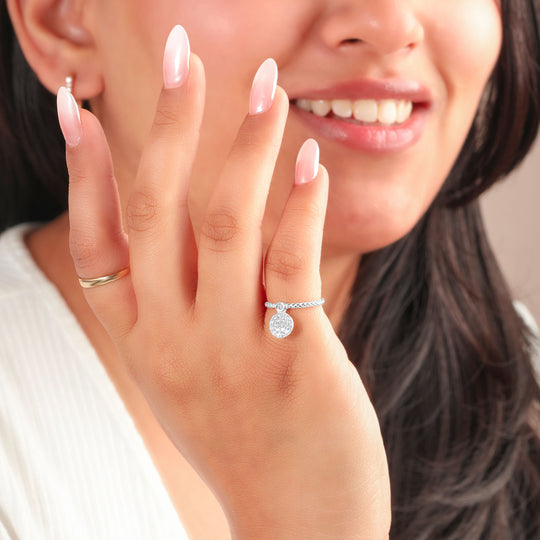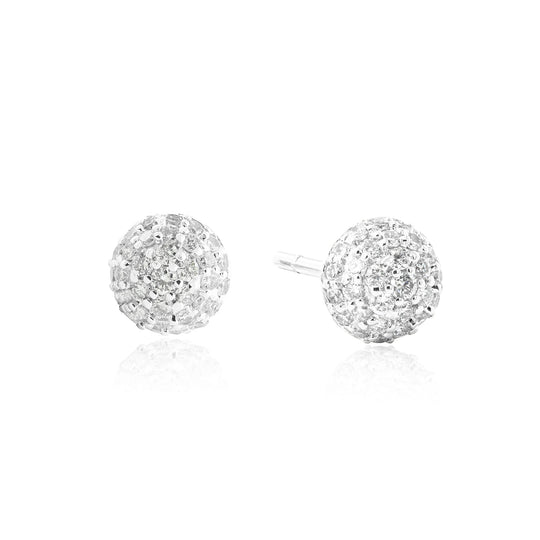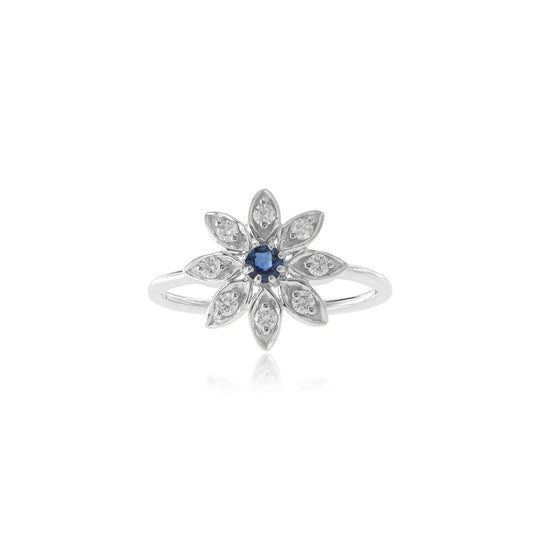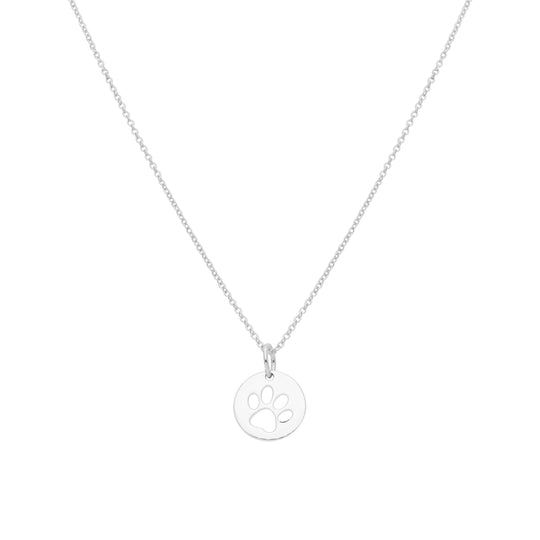White Gold: White gold is an alloy, combining gold with other metals such as palladium, nickel, and silver. This alloy not only strengthens the otherwise soft gold but also gives it an opulent appearance, often enhanced with rhodium plating for extra shine and protection. Each white gold piece can have a slightly different hue, making it a unique and personal choice. It's the ideal solution for jewelry lovers who seek the elegance of gold with added resilience and without the hefty price tag, blending luxury with practicality in a stylish package.
Platinum: Platinum stands out for its remarkable durability and strength. It is denser and heavier than white gold, making it more resistant to scratches and damage. Unlike white gold, platinum is used in a nearly pure form in jewelry, usually 95% pure. Its natural white luster doesn’t fade or change color over time, which means it requires less maintenance compared to white gold.
When it comes to selecting fine jewelry, the choice between white gold and platinum can be a puzzling one. Both metals offer distinct advantages and characteristics, making them popular choices for rings, necklaces, and other precious items. Understanding the differences between these two materials is crucial for making an informed decision. This guide will provide you with a clear, straightforward comparison to help you choose the suitable metal for your jewelry.
Durability and Composition

Price and Value

The cost is a significant factor in choosing between white gold and platinum:
White Gold: Generally more affordable than platinum. The price depends on the purity of the gold (measured in karats) and the complexity of the design.
Platinum: More expensive due to its rarity and higher density. Platinum jewelry is often considered an investment due to its enduring quality and timelessness.
Appearance

White Gold: The allure of white gold lies in its radiant, mirror-like shine, primarily due to the rhodium plating which acts as a glossy overcoat. This plating not only imparts a high-gloss finish but also enhances the metal's reflective qualities, making it stand out with a brilliance that catches the light spectacularly. The underlying gold alloy can influence the shade, ranging from cooler tones to a subtle warm glow, depending on the mix of metals used. This variability adds a layer of uniqueness to each piece, allowing for a range of expressions within the same material. White gold's ability to mimic the look of more expensive metals while maintaining its own distinct flair makes it a versatile and attractive option in jewelry design.
Platinum: In contrast, platinum exudes a more understated elegance. Its color is a natural, deep white that veers towards a more muted luster, offering a sophisticated and timeless appeal. This metal doesn't shout for attention but rather whispers luxury, making it ideal for those who prefer a less flashy aesthetic. One of the most enchanting characteristics of platinum is its development of a patina finish over time. This natural aging process, where the surface acquires a matte sheen due to minute scratches, is often cherished as it adds a layer of history and personalization to the piece. Each scratch tells a story, turning the jewelry into a living diary of the wearer's experiences. This evolving beauty of platinum is not only a testament to its durability but also to its capacity to grow more distinct and meaningful with age.
Hypoallergenic Properties

White Gold: When it comes to sensitive skin, white gold's kryptonite is often its nickel content. This sturdy metal enhances durability but can be a bit of a rebel, occasionally leading to allergic reactions. However, there’s a workaround. Opting for white gold alloys that substitute nickel with other less reactive metals can make a significant difference. These alternative compositions still retain the strength and beauty of white gold but are gentler on the skin. Think of it as choosing a version of white gold that's tailored to be kinder to sensitive wearers. So, if you're captivated by white gold's charm but hesitant about skin reactions, looking for these nickel-free variants can offer you the best of both worlds – the allure of gold without the worry of allergies.
Platinum: Platinum: Platinum is like the hypoallergenic hero of the jewelry world. Its superpower? Being naturally hypoallergenic. This makes it a top-notch choice for those with sensitive skin or allergies to metals like nickel. Wearing platinum is like giving your skin a breath of fresh air, as it’s less likely to cause irritation or allergic reactions. Additionally, its purity – typically 95% – means it's mostly free from the additional metals that often cause skin issues. This purity not only adds to its hypoallergenic properties but also contributes to its luxurious feel and weight, making it a double win for those seeking both comfort and opulence in their jewelry choices.
Care and Maintenance

Both metals require care, but their maintenance needs differ:
White Gold: Maintenance for white gold is akin to a regular beauty regimen. Its rhodium plating, which gives it the bright, white finish, needs reapplying every few years to counteract wear and tear. In the interim, a simple cleaning routine is crucial. Regularly washing with a gentle soap solution helps remove the dulling buildup from everyday products like lotions and oils. It's about keeping your jewelry looking fresh and vibrant with minimal but consistent care.
Platinum: Platinum is more of a low-key companion in terms of care. It wears its battle scars proudly, as scratches and marks contribute to a desirable patina over time, enhancing its character. This doesn't mean it's maintenance-free, though. A periodic cleaning, using a soft cloth and mild soap, ensures that the metal maintains its inherent luster. It’s a straightforward approach to upkeep, making sure your platinum pieces retain their classic beauty with minimal fuss.
Conclusion
Choosing between white gold and platinum for your jewelry depends on personal preferences and considerations such as budget, style, and maintenance willingness. White gold is ideal for those seeking a more affordable option with a brighter shine, while platinum is perfect for those looking for durability, hypoallergenic properties, and a timeless appearance. Regardless of your choice, both metals offer beauty and elegance, making your jewelry a cherished item for years to come.
In the end, the best choice is the one that aligns with your personal style, needs, and values. Whether you opt for the classic allure of white gold or the enduring elegance of platinum, your jewelry will be a reflection of your unique taste and character.
